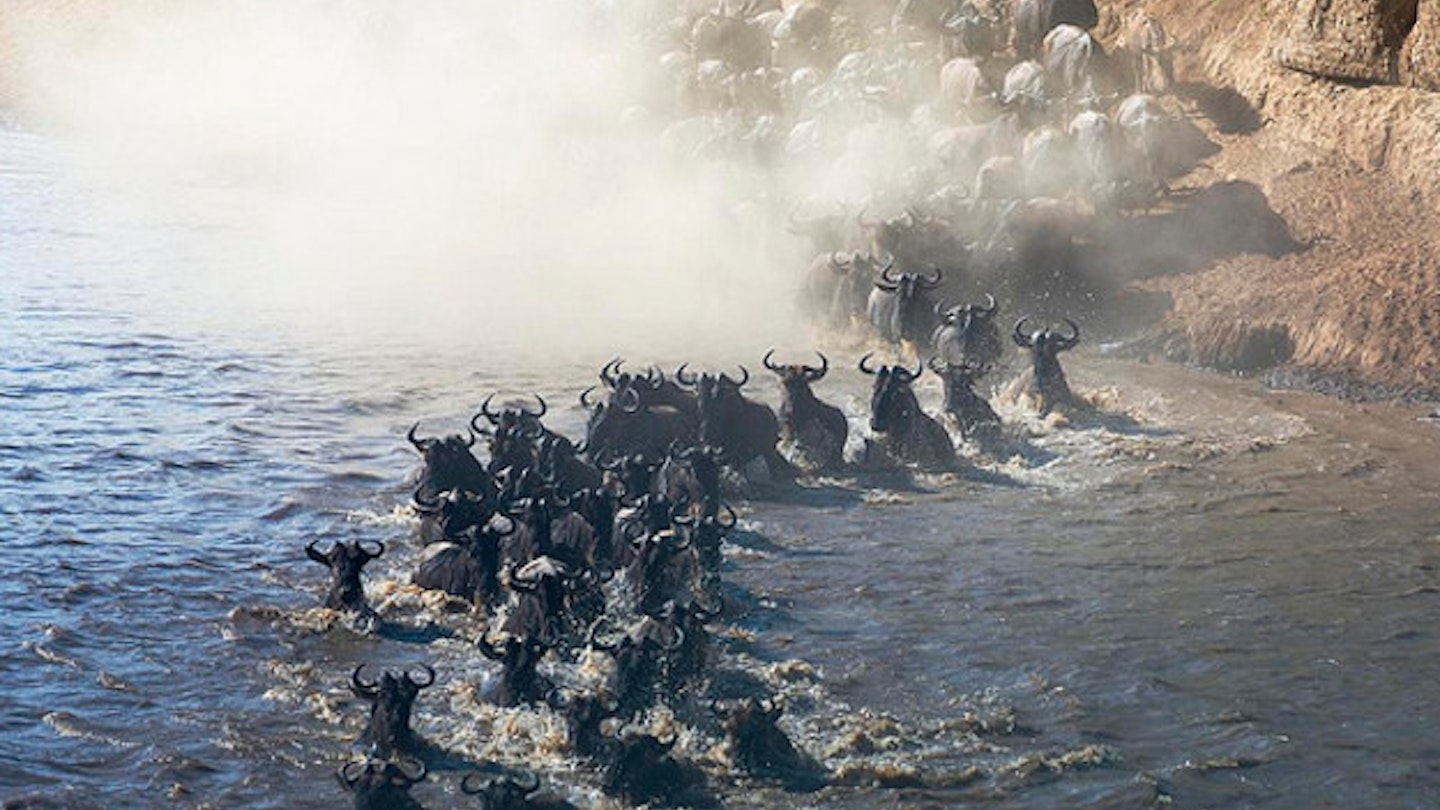The World’s Greatest Animal Migrations
On almost every traveller’s bucket list are one of the world’s great animal migrations, be it the wildebeest of the Serengeti or the famous red crabs of Christmas Island.

Tracking animal movement has never been easier, and nature lovers can observe many of the planet’s biggest migrations online while planning their trips around them. Considered the greatest spectacle of them all are the vast hordes of wildebeest, zebra, and gazelles that trek through the Serengeti and Masai Mara each year.
The HerdTracker App allows users to follow these magnificent animals in real time. Moreover, it calculates their distance from various accommodation options in Kenya and Tanzania. Consequently, safari travellers can make last-minute arrangements to experience the Great Migration in all its glory and savagery. If such short timelines are not feasible, users can access monthly predictions to plan their trips well in advance.
The HerdTracker operates by monitoring animal movements through feedback from pilots in the air and safari guides and rangers on the ground. The creators also upload images and videos daily, updating live on Twitter so that prospective travellers can quench their desire before a visit.
Another useful tool is the Animal Tracker, which permits nature enthusiasts to follow individual animals, mainly birds, as they journey across the globe. Users can ‘follow’ via GPS trackers in almost real-time and contribute images of the animals or their habitats if they reside nearby.
One intriguing creature that is best tracked electronically is the white shark, which travels thousands of miles each year in what is referred to as the Blue Serengeti. Located about halfway between Hawaii and Mexico’s Baja Peninsula, vast numbers of sharks can often be found at a location known as the ‘White Shark Café’.
Shark Net, an ingenious app developed at Stanford University, allows shark enthusiasts to follow individual fish along the Pacific coast.
Although no application specifically tracks the famous spawning of the Christmas Island red crabs, the local tourist board provides helpful information regarding the timing of their sea-bound journeys. This year, the predicted spawning dates span from early October to early January, with November or December being the most likely months for the spectacular event.
See here for red crab migration footage: vimeo.com




